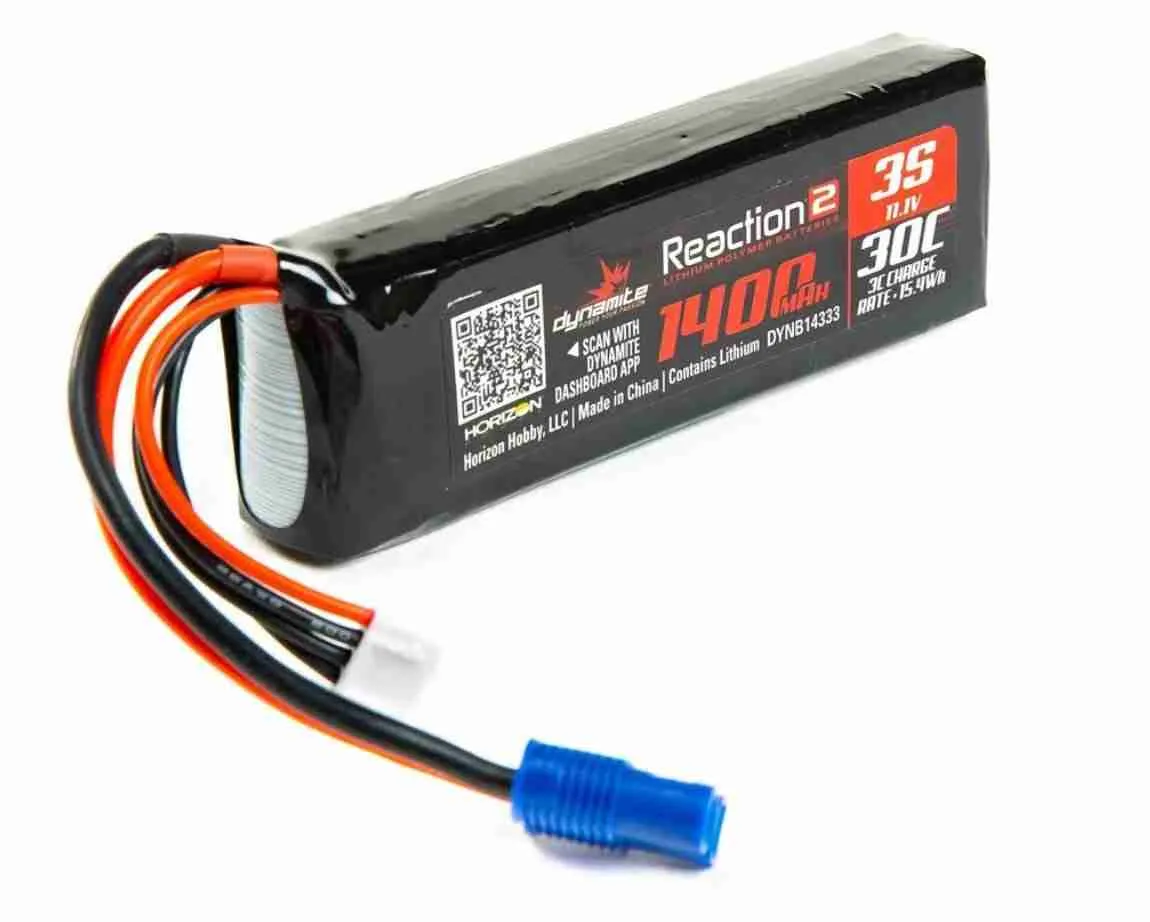Measuring Lipo Battery Voltage with a Multimeter
Lithium Polymer (Lipo) batteries are widely used in a variety of applications, including RC vehicles and drones. These batteries have become increasingly popular due to their high energy density, which results in lighter and smaller battery packs. In order to ensure the safe and efficient operation of these batteries, it is important to regularly check their voltage. In this article, we will show you how to measure Lipo battery voltage using a battery checker and a multimeter.
Battery Checker
The battery checker is a small device that can measure the voltage of a Lipo battery. It has two leads, one of which is connected to the positive terminal of the battery, while the other is connected to the negative terminal. By pressing a button on the device, you can see the full voltage of the battery. Additionally, you can also check each individual cell voltage by pressing another button.
When choosing a battery checker, it is important to select one that is accurate and reliable. There are many counterfeit versions available, so it is recommended to purchase one from a reputable source.
Multimeter
A multimeter is a versatile and affordable tool that can be used to measure various electrical quantities, including voltage. To measure Lipo battery voltage using a multimeter, you will need to connect the two leads of the multimeter to the positive and negative terminals of the battery. The multimeter will automatically detect the voltage and display it on the screen.
Measuring Individual Cell Voltages
In addition to measuring the full voltage of the battery, you can also check the voltage of each individual cell. To do this, you will need to touch the multimeter leads to each cell. Since Lipo batteries are connected in series, the voltage of each cell will be added together to give the total voltage.
For example, if you have a 4s Lipo battery, you can check the voltage of each cell as follows:
- Touch the multimeter leads to the positive and negative terminals of the first cell. This will give you the voltage of cell 1.
- Touch the multimeter leads to the positive terminal of cell 1 and the negative terminal of cell 2. This will give you the voltage of cells 1 and 2.
- Touch the multimeter leads to the positive terminal of cell 2 and the negative terminal of cell 3. This will give you the voltage of cells 1, 2, and 3.
- Finally, touch the multimeter leads to the positive terminal of cell 3 and the negative terminal of cell 4. This will give you the voltage of all four cells.
Conclusion
In conclusion, checking the voltage of your Lipo battery is an important step in ensuring its safe and efficient operation. Whether you use a battery checker or a multimeter, measuring the voltage is a simple and straightforward process. By regularly checking the voltage, you can ensure that your battery is in good condition and avoid any potential safety hazards.
Lithium Polymer (LiPo) batteries are a popular type of rechargeable battery used in remote-controlled vehicles, drones, and other electronic devices. However, over time, these batteries can degrade and lose their ability to hold a charge. It’s important to test your LiPo batteries regularly to ensure they are in good working condition and to avoid any issues with your RC devices. One of the most effective ways to test a LiPo battery is by using a multimeter.
A multimeter is an electronic measuring device that can be used to test a variety of electrical characteristics, such as voltage, resistance, and continuity. In this guide, we will show you how to use a multimeter to test the voltage and capacity of a LiPo battery.
Step 1: Gather the necessary tools and materials. To test a LiPo battery with a multimeter, you will need a multimeter, the LiPo battery you wish to test, and a charger for the battery.
Step 2: Charge the battery fully. Before testing the battery, it’s important to make sure it’s fully charged. Connect the battery to the charger and let it charge until the charger’s indicator light shows that the battery is fully charged.
Step 3: Set the multimeter to the voltage setting. Most multimeters have a switch or button to change the setting from resistance to voltage. Make sure your multimeter is set to measure voltage.
Step 4: Connect the multimeter to the battery. Connect the red lead of the multimeter to the positive terminal of the battery and the black lead to the negative terminal. The multimeter should display the voltage of the battery. A fully charged LiPo battery should read between 4.2 and 4.3 volts. If it reads less, it’s likely that the battery is not fully charged or is already damaged.
Step 5: Check the voltage again after use. After you have used your RC device and the battery is depleted, check the voltage again to see how much it has dropped. A healthy LiPo battery should be able to retain a voltage of at least 3.7V per cell. If it drops lower, the battery may be damaged.
Step 6: Dispose of the battery properly if it’s damaged. If your multimeter readings indicate that your LiPo battery is damaged, it’s important to dispose of it properly. LiPo batteries can be dangerous if not handled properly, so it’s best to use a LiPo bag or special container made specifically for this purpose.
It’s worth mentioning that this is a basic test that gives you an idea of the battery’s condition. If you are looking for a more detailed analysis, there are also specialized tools and equipment to test your LiPo batteries such as battery load testers, data loggers, etc.
In conclusion, testing your LiPo batteries with a multimeter is a simple and effective way to ensure that your batteries are in good working condition and can prevent potential issues. Be sure to charge the battery before testing, check the voltage and dispose of any damaged batteries properly to keep you and your devices safe.

